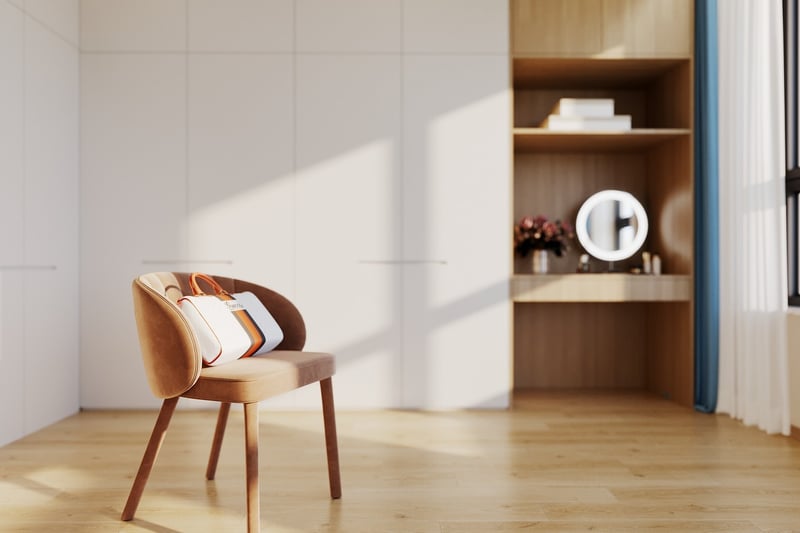Indoor vs. Outdoor
Understanding Light Requirements and Space Utilization: Indoor vs. Outdoor
Introduction
When it comes to cultivating plants, understanding their light requirements and space utilization is crucial for their growth and development. Whether you are considering indoor gardening or outdoor gardening, knowing the differences between the two environments can help you create the ideal conditions for your plants to thrive.
Light Requirements
Plants require light to carry out photosynthesis, a process crucial for their survival. Understanding the light requirements of different plants is essential for providing them with the right amount of light to support their growth. While outdoor plants typically have access to natural sunlight, indoor plants may require artificial light sources to supplement their needs.
Indoor Plants
For indoor plants, it is important to place them near a window where they can receive adequate sunlight. However, if natural light is limited, you can use grow lights to ensure that your plants get the necessary light spectrum for photosynthesis.

Outdoor Plants
Outdoor plants benefit from natural sunlight, but it is essential to consider the specific light requirements of each plant species. Some plants thrive in full sunlight, while others prefer partial shade. Understanding these needs will help you plan your outdoor garden effectively.

Space Utilization
Space utilization is another critical factor to consider when gardening, whether indoors or outdoors. Maximizing space effectively can help you grow a variety of plants in a limited area.
Indoor Gardening
Indoor gardening often involves utilizing vertical space through hanging planters, shelves, or trellises. This allows you to grow plants upwards, making the most of limited floor space.
Outdoor Gardening
In outdoor gardening, proper spacing between plants is essential to prevent overcrowding and promote air circulation. Additionally, using raised beds or container gardening can help optimize space and improve plant growth.
Conclusion
Whether you are cultivating plants indoors or outdoors, understanding their light requirements and effectively utilizing space are key factors in successful gardening. By providing the right amount of light and optimizing your space, you can create a thriving garden that flourishes year-round.
Start your gardening journey today and watch your plants thrive in their ideal environment!
